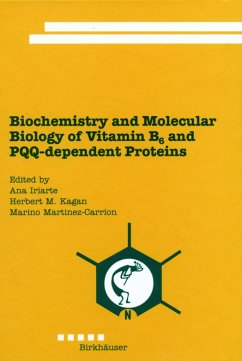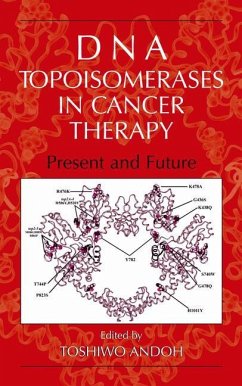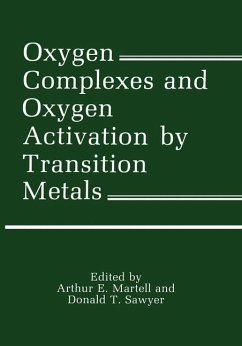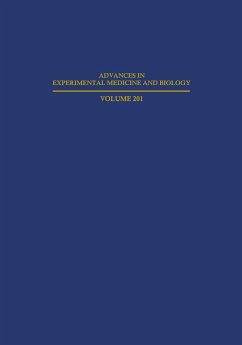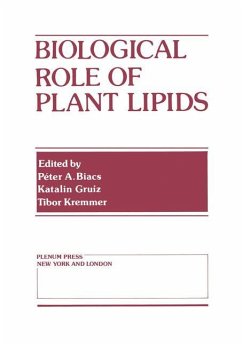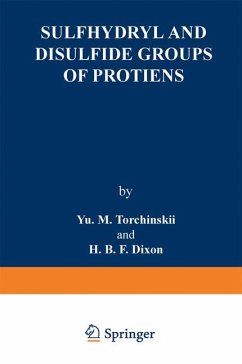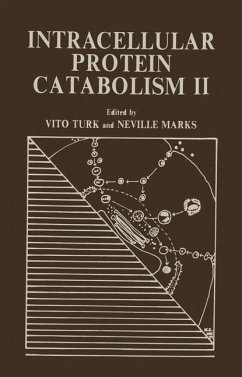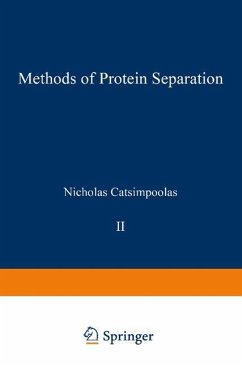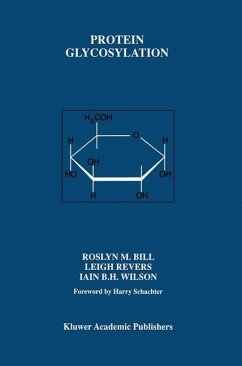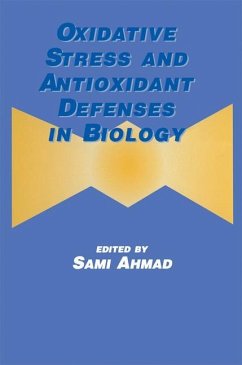
Oxidative Stress and Antioxidant Defenses in Biology

PAYBACK Punkte
19 °P sammeln!
The ground-state of molecular oxygen, O , is essential to many 2 indispensible metabolic processes of all aerobic life forms ranging from prokaryotes, protists, plants, and fungi to animals. Research by mammalian toxicologists and clinicians has unravelled persua sive evidence that O dependence imposes universal toxicity to all 2 aerobic life processes. The basis of this paradox is that one-electron reduction of O2 generates the superoxide anion free radical, 0;-, from numerous biological sources; for example, redox-active autoxidizable molecules such as catecholamines, oxidoreductases, and su...
The ground-state of molecular oxygen, O , is essential to many 2 indispensible metabolic processes of all aerobic life forms ranging from prokaryotes, protists, plants, and fungi to animals. Research by mammalian toxicologists and clinicians has unravelled persua sive evidence that O dependence imposes universal toxicity to all 2 aerobic life processes. The basis of this paradox is that one-electron reduction of O2 generates the superoxide anion free radical, 0;-, from numerous biological sources; for example, redox-active autoxidizable molecules such as catecholamines, oxidoreductases, and subcellular organelles such as mitochondria, endoplasmic reti'C ulum (microsomes), nuclei, and chloroplasts. Oxygen is also acti vated in biologically relevant photosensitizing reactions to highly re active singlet oxygen, 10 , 2 In all biological systems, 0;- undergoes further reduction to H 0 2 2 via Fenton reaction to the hydroxyl radical, ·OH. These, and some other forms of activated O , constitute reactive oxygen species (ROS) 2 and/or metabolites (ROM). Both 'OH and 10 are the most reactive 2 forms of ROS known and among their deleterious reactions are ox idation of proteins, DNA, steroidal compounds, and peroxidation of the cell membrane's unsaturated lipids to form unstable hydro peroxides. Their many breakdown products include malondialde hyde and hydroxynonenals that are themselves highly reactive and threaten cellular integrity and function. More importantly, they de compose to free radicals that can continue to propagate the vicious lipid peroxidation chain reaction. This is the so-called endogenous oxidative stress with which all aerobic organisms must cope.



